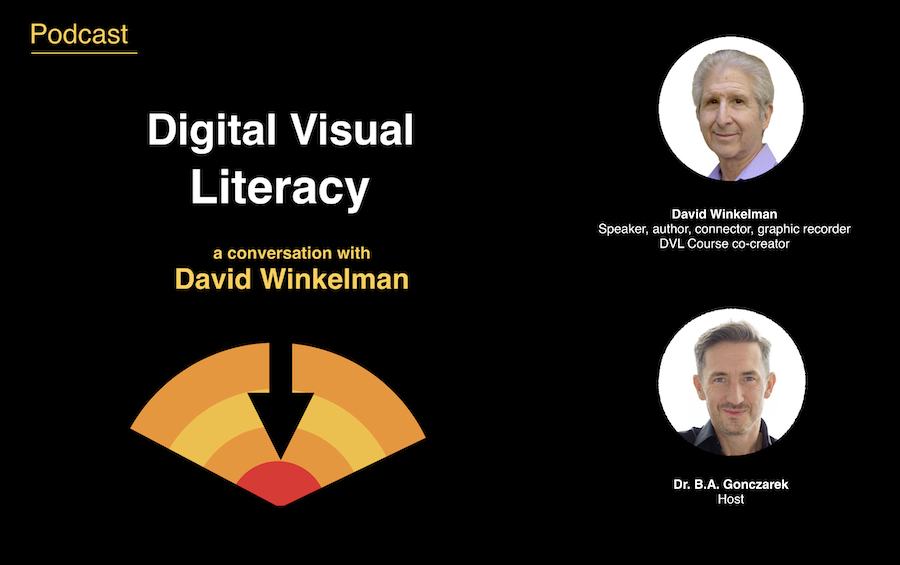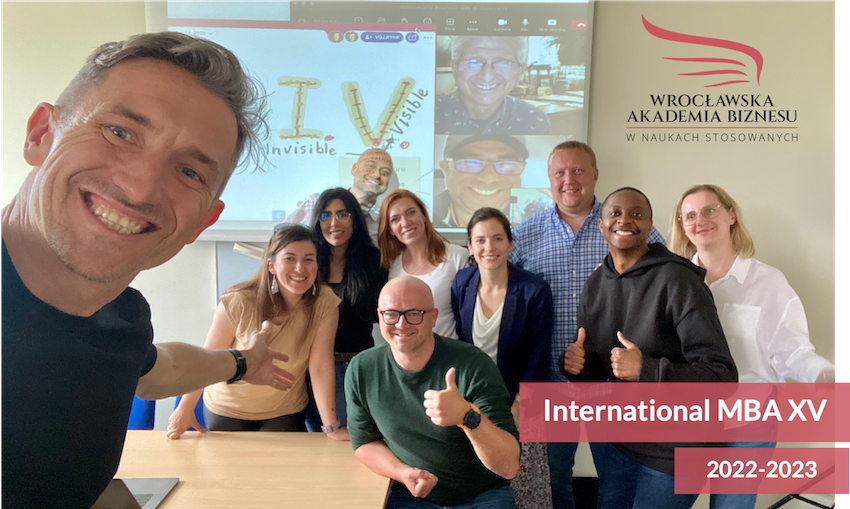I was so ready to get my hands on the book of DeepMind co-founder Mustafa Suleyman. I waited in anticipation to learn what a person …
Continue ReadingDigital Visual Literacy
A conversation with David Winkelman about, what we call “Digital Visual Literacy” — the skill of supporting conversation and remote calls with visuals to enable people to work more productively together.
Continue ReadingXV MBA International @WAB
A set of follow-up materials for XV MBA International students who participated in my lectures.
Continue Reading

